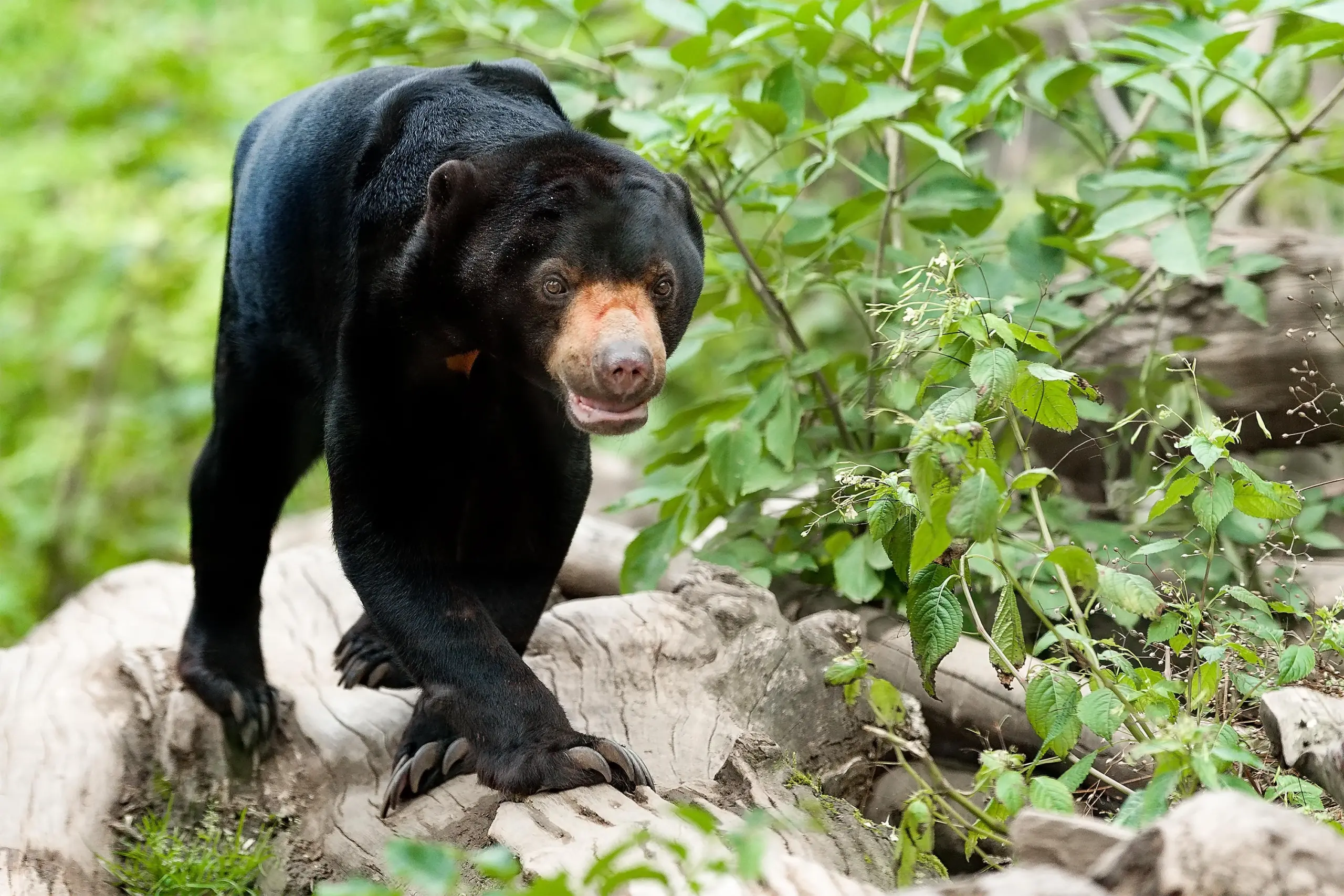What Are the Native Animals of Thailand?

Thailand, known for its stunning landscapes and rich biodiversity, is home to a diverse array of native animals. From the lush rainforests of the north to the pristine beaches of the south, this Southeast Asian country boasts a wide range of unique and fascinating wildlife. In this article, we will explore some of the most iconic native animals of Thailand, highlighting their characteristics, habitats, and conservation status.
The Asian Elephant: A Majestic Giant
One of the most iconic and revered animals in Thailand is the Asian elephant (Elephas maximus). These majestic giants have played a significant role in Thai culture and history for centuries. Known for their intelligence and gentle nature, Asian elephants are highly regarded as national symbols and are often seen in religious ceremonies and festivals.
These magnificent creatures can be found in various parts of Thailand, particularly in protected areas such as national parks and wildlife sanctuaries. They inhabit diverse habitats, including forests, grasslands, and wetlands. However, due to habitat loss and poaching, the population of Asian elephants in Thailand has declined significantly over the years. Efforts are being made to protect their habitats and promote conservation initiatives to ensure their survival.
The Elusive Clouded Leopard: A Stealthy Predator
The clouded leopard (Neofelis nebulosa) is one of the most elusive and enigmatic animals in Thailand. With its striking coat pattern and unique features, this medium-sized wild cat is a sight to behold. Known for its agility and stealth, the clouded leopard is an excellent climber, often found resting on tree branches during the day.
These elusive predators primarily inhabit the dense forests of Thailand’s mountainous regions. They have a wide-ranging diet that includes small mammals, birds, and reptiles. Unfortunately, due to habitat loss and illegal hunting, clouded leopards are facing significant threats to their survival. Conservation efforts are crucial to protect their habitats and raise awareness about the importance of preserving these magnificent creatures.
The Colorful Siamese Fighting Fish: A Jewel of Thailand
The Siamese fighting fish, also known as Betta splendens, is a jewel of Thailand’s aquatic world. Renowned for its vibrant colors and flowing fins, this small freshwater fish has become a popular aquarium pet worldwide. In Thailand, they are known as “Pla-kad” and have a long history of selective breeding to enhance their striking appearance.
Siamese fighting fish are native to the slow-moving rivers, ponds, and rice paddies of Thailand. The males, in particular, are known for their aggressive behavior, which earned them the name “fighting fish.” Despite their territorial nature, these fish possess a delicate beauty that has captivated enthusiasts around the globe.
In recent years, there has been growing concern about the conservation of wild Siamese fighting fish populations. The destruction of their natural habitats and the illegal collection for the aquarium trade pose significant threats to their survival. Conservation efforts are essential to ensure the long-term viability of these stunning creatures in their native waters.
The Playful Dusky Langur: A Social Primate
The dusky langur (Trachypithecus obscurus), also known as the spectacled langur, is a playful and social primate found in various parts of Thailand. These medium-sized monkeys are known for their striking appearance, with black fur and distinctive white rings around their eyes.
Dusky langurs inhabit a range of habitats, including forests, mangroves, and limestone karsts. They are primarily leaf-eaters, feeding on a variety of plants and leaves. These intelligent creatures live in social groups, with females taking care of the young while males protect the territory.
Despite their adaptability, dusky langurs face numerous threats, including habitat loss and fragmentation. Deforestation and urbanization have led to the destruction of their natural habitats, pushing them towards the brink of extinction in some areas. Conservation efforts, such as the establishment of protected areas and education programs, are crucial to safeguard the future of these charismatic primates.
Conclusion
Thailand’s native animals are a testament to the country’s incredible biodiversity and natural beauty. From the majestic Asian elephants to the elusive clouded leopards, each species plays a vital role in maintaining the delicate balance of ecosystems. However, habitat loss, poaching, and climate change pose significant threats to their survival.
Conservation efforts are essential to protect these native animals and their habitats. Through initiatives such as habitat restoration, anti-poaching measures, and public awareness campaigns, Thailand can ensure the long-term survival of its unique wildlife. By valuing and preserving these incredible creatures, we can contribute to the preservation of Thailand’s natural heritage for generations to come.






